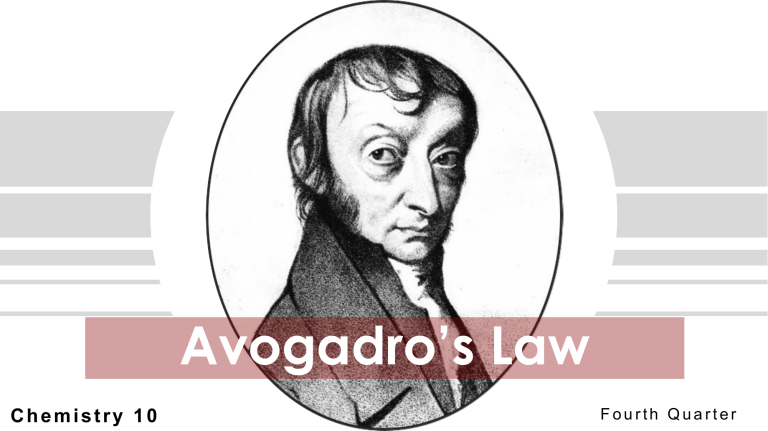Hello
I am a student.
I want to share some knowledge things with class 11 students.
In science, chemistry is important for students. So, now I can give some information about the law's that you read in chemistry.
That is:-
1) Law of Conservation of Mass.
2) Law of Definite Proportions.
3) Law of Multiple Proportions.
4) Gay Lussac's law of Gaseous Volumes.
5) Avogadro's law.
Now we define these 5 laws.
1) Law of Conservation of Mass:-
This law is put forth by Antoine Lavoisier in 1789.
An example of the law of conservation of mass is the formation of water. The reaction is as follows:
Here, the mass of reactants is equal to the mass of the product. Thus, the reaction proves the law of conservation of mass.
2) Law of Definite Proportions:-
The law is also known as the law of constant proportions. The law of definite proportions states that in a chemical substance, the elements are always present in definite proportions by mass.
According to the law, the relative number and kinds of atoms are constant for every compound.
An example of the law of definite proportion is as follows: In a water molecule , the ratio of the mass of hydrogen and the mass of oxygen is . The ratio is always constant.
According to the law, the relative number and kinds of atoms are constant for every compound.
An example of the law of definite proportion is as follows: In a water molecule , the ratio of the mass of hydrogen and the mass of oxygen is . The ratio is always constant.
This law was proposed by John Dalton in 1803.
The law of multiple proportions states that if the elements combine to form two or more compounds then the mass of the elements in the compounds is in the ratio of small whole numbers.
An example of the law of multiple proportions is as follows: Carbon forms two oxides – carbon monoxide and carbon dioxide . In these oxides, one molecule of carbon is fixed and the ratio of oxygen is .
An example of the law of multiple proportions is as follows: Carbon forms two oxides – carbon monoxide and carbon dioxide . In these oxides, one molecule of carbon is fixed and the ratio of oxygen is .
4) Gay Lussac's law of Gaseous Volumes:-
Gay Lussac’s law of gaseous volumes is considered as a different form of law of definite proportions. Gay Lussac’s law of gaseous volumes is with respect to volume whereas law of definite proportions is with respect to mass.
This law was given by Gay Lussac in 1808.
The Gay Lussac’s law of gaseous volumes states that the ratio of volumes of reacting gases are small whole numbers at same temperature and pressure.Gay Lussac’s law of gaseous volumes is considered as a different form of law of definite proportions. Gay Lussac’s law of gaseous volumes is with respect to volume whereas law of definite proportions is with respect to mass.
5) Avogadro's law:-
In 1811, Avogadro proposed that equal volumes of all gases at the same temperature and pressure should contain equal number of molecules.
Avogadro’s law suggests that of oxygen and of nitrogen contain the same number of moles if measured at same temperature and pressure.
So, I hope this may help you in study.
Think you



Comments
Post a Comment
If you have any doubt on any topic please tell me